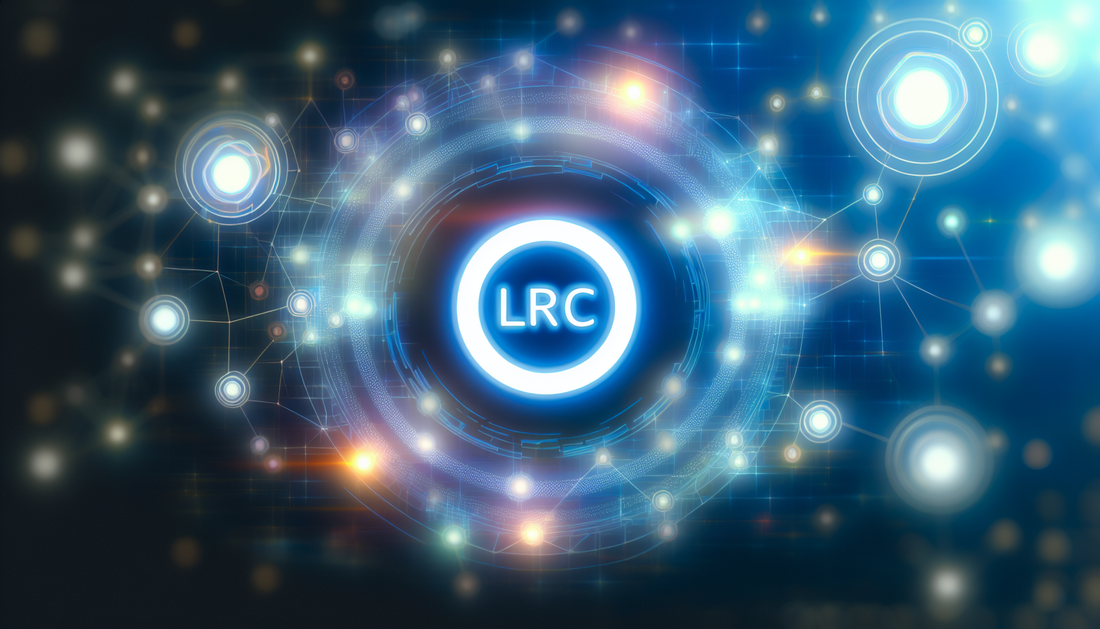
Decoding Loopring: The Future of Crypto Governance
Share
Understanding Loopring (LRC) Governance
Loopring (LRC) is a protocol designed for building decentralized trading platforms on Ethereum. A pivotal aspect of Loopring's architecture is its governance model, which enables stakeholders to have a say in the protocol’s future decisions and upgrades. Governance within Loopring primarily revolves around the use of LRC tokens, with token holders participating in decision-making processes, thereby influencing the protocol's development.
The Role of LRC in Governance
At the heart of Loopring's governance is the LRC token. Token holders can vote on various proposals that affect the platform's functionality, such as upgrades, fee adjustments, and allocation of resources for development. This token-based voting system ensures that those with a stake in the network's success are directly involved in shaping its trajectory.
Governance Structure
The governance structure of Loopring follows a decentralized model similar to other DeFi projects. Proposals can be submitted by community members, opening a discussion about potential changes or improvements. For a proposal to be implemented, it requires approval from a majority of LRC token holders. This process is designed to democratize decision-making and ensure that changes reflect the community's collective interests.
Challenges in Governance
While decentralized governance offers inclusivity, it isn't without challenges. One issue is low voter turnout, which can result in decisions being made by a minority. Additionally, the complexity of certain proposals might discourage participation if community members do not fully understand the technical details. These challenges necessitate a focus on educational initiatives to empower token holders with the knowledge needed to participate fully in governance.
Loopring's governance system also reflects broader trends in the blockchain space, where decentralized governance is increasingly prioritized for its capacity to distribute power among a broader base of stakeholders. Other platforms, such as SingularityNET, have adopted similar models, showcasing the possibilities and challenges of decentralized governance within the crypto ecosystem.
Future Outlook
Loopring's governance model is continually evolving as part of its broader development roadmap. Future updates may introduce improvements to voting mechanisms or new governance features to enhance participation and inclusivity. For those looking to influence Loopring's future, participating in governance is a way to ensure that their voices are heard.
To explore Loopring further or to get involved in its governance process, potential participants can register through various crypto exchanges. For instance, consider using Binance for holding and trading LRC tokens.
